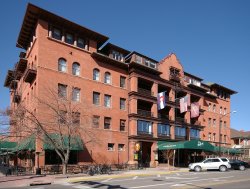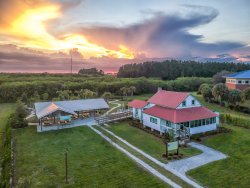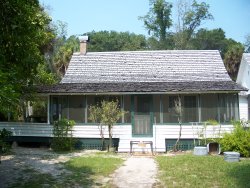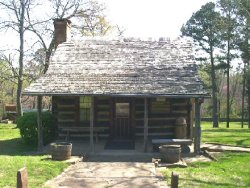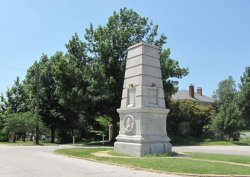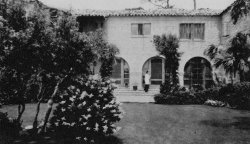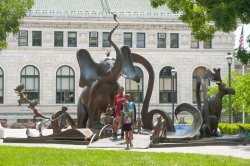Maryland Center for History and Culture
The Maryland Historical Society, founded in 1844, is the oldest cultural institution in Maryland. The society “collects, preserves, and interprets objects and materials reflecting Maryland’s diverse heritage.” Their collection includes the original manuscript of the “Star-Spangled Banner.”







